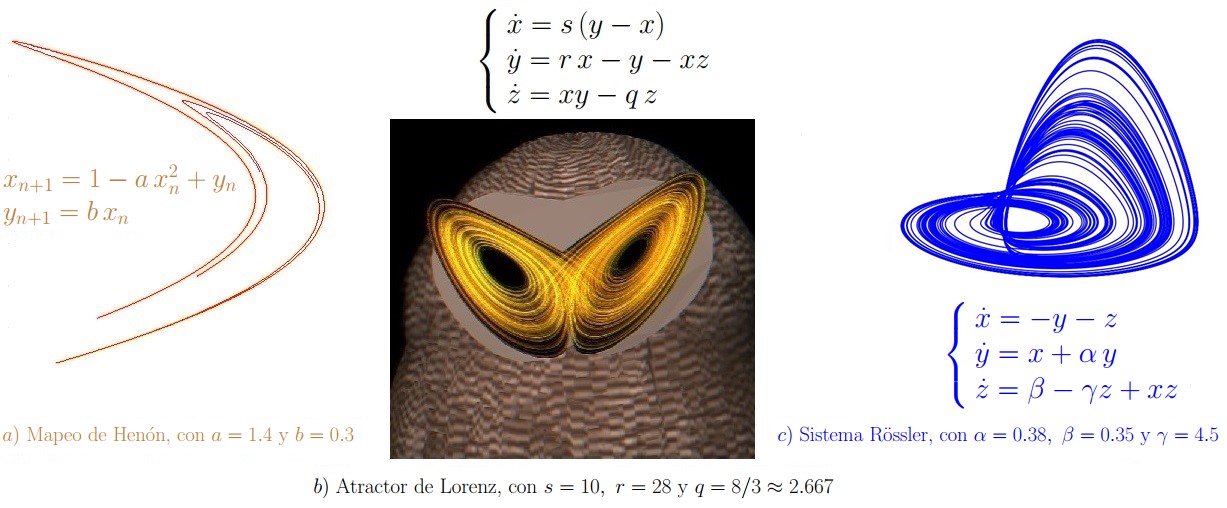The Supremacy of the Number One
DOI:
https://doi.org/10.36790/epistemus.v17i34.275Keywords:
Benford´s Law, significant digits, information validation, Simon NewcombAbstract
In this paper, is presented in a general way a mathematical curiosity that quickly attracts attention per se, which describes a peculiar pattern that the first digits of data obtained from various ordinary situations and many real processes comply, known as Benford’s Law or the Significant-Digit Phenomenon. In addition to analyzing and reproducing the fulfillment of this singular mathematical principle that the significant digits for some typical examples found in the literature follow, the fulfillment of this law in cases of particular interest is also analyzed, and possible potential applications are described.
Downloads
References
S. Newcomb. “Note on the Frequency of Use of the Different Digits in Natural Numbers”, American Journal of Mathematics, Vol.4, No.1/4 (1881), pp.39-40. DOI:10.2307/2369148. DOI: https://doi.org/10.2307/2369148
A. Berger and T.P. Hill. An Introduction to Benford's Law, Princeton University Press. 2015. DOI: 10.1515/9781400866588 DOI: https://doi.org/10.1515/9781400866588
S.J. Miller. Benford's Law. Theory and Applications, Princeton University Press. 2015.
DOI: 10.1515/9781400866595 DOI: https://doi.org/10.1515/9781400866595
M.J. Nigrini. Benford's Law. Applications for Forensic Accounting, Auditing and Fraud Detection, John Wiley & Sons, Inc. 2012. DOI: 10.1002/9781119203094 DOI: https://doi.org/10.1002/9781119203094
F.A. Benford. “The Law of Anomalous Numbers”, Proceedings of the American Philosophical Society, Vol. 78, No.4 (1938), pp.551-572.
C.R. Tolle, J.L. Budzien and R.A. LaViolette. “Do Dynamical Systems follow Benford's Law?”, Physics Today. Chaos, Vol.10, No.2 (2000), pp.331-336. DOI: 10.1063/1.166498 DOI: https://doi.org/10.1063/1.166498
C. Amante and B. W. Eakins. ETOPO1, 1 Arc-Minute Global Relief Model: Procedures, Data Sources and Analysis. NOAA Technical Memorandum NESDIS NGDC-24, 19 pp, March 2009. http://www.ngdc.noaa.gov/mgg/global/relief/ETOPO1/docs/ETOPO1.pdf
T.A. Mir and M. Ausloos. “Benford's law: a 'sleeping beauty' sleeping in the dirty pages
of logarithmic tables”, Journal of the Association for Information Science and Technology 69(3). (2018), pp. 349–358. DOI:10.1002/asi.23845 DOI: https://doi.org/10.1002/asi.23845
P.Y. Leonov, V.P. Suyts, A.N. Norkina, V.M. Sushkov. “Integrated application of Benford's Law tests to detect corporate fraud". Procedia Computer Science, V.213 (2022), pp. 332-337. DOI: 10.1016/j.procs.2022.11.075 DOI: https://doi.org/10.1016/j.procs.2022.11.075
G. Whyman. “Origin, Alternative Expressions of Newcomb-Benford Law and Deviations
of Digit Frequencies”, Applied Mathematics, 12 (2021). pp. 576-586.
DOI: 10.4236/am.2021.127041 DOI: https://doi.org/10.4236/am.2021.127041
D. Crisan, A. Irimia, D. Gota, L. Miclea, A. Puscasiu, O. Stan, H. Valean. “Analyzing
Benford’s Law’s”, Powerful Applications in Image Forensics. Appl. Sci. 11, 11482. (2021).
https://doi.org/10.3390/app112311482 DOI: https://doi.org/10.3390/app112311482

Downloads
Published
How to Cite
Issue
Section
License
Copyright (c) 2023 EPISTEMUS

This work is licensed under a Creative Commons Attribution-NonCommercial-ShareAlike 4.0 International License.
The magazine acquires the patrimonial rights of the articles only for diffusion without any purpose of profit, without diminishing the own rights of authorship.
The authors are the legitimate owners of the intellectual property rights of their respective articles, and in such quality, by sending their texts they express their desire to collaborate with the Epistemus Magazine, published biannually by the University of Sonora.
Therefore, freely, voluntarily and free of charge, once accepted the article for publication, they give their rights to the University of Sonora for the University of Sonora to edit, publish, distribute and make available through intranets, Internet or CD said work, without any limitation of form or time, as long as it is non-profit and with the express obligation to respect and mention the credit that corresponds to the authors in any use that is made of it.
It is understood that this authorization is not an assignment or transmission of any of your economic rights in favor of the said institution. The University of Sonora guarantees the right to reproduce the contribution by any means in which you are the author, subject to the credit being granted corresponding to the original publication of the contribution in Epistemus.
Unless otherwise indicated, all the contents of the electronic edition are distributed under a license for use and Creative Commons — Attribution-NonCommercial-ShareAlike 4.0 International — (CC BY-NC-SA 4.0) You can consult here the informative version and the legal text of the license. This circumstance must be expressly stated in this way when necessary.
The names and email addresses entered in this journal will be used exclusively for the purposes established in it and will not be provided to third parties or for their use for other purposes.























